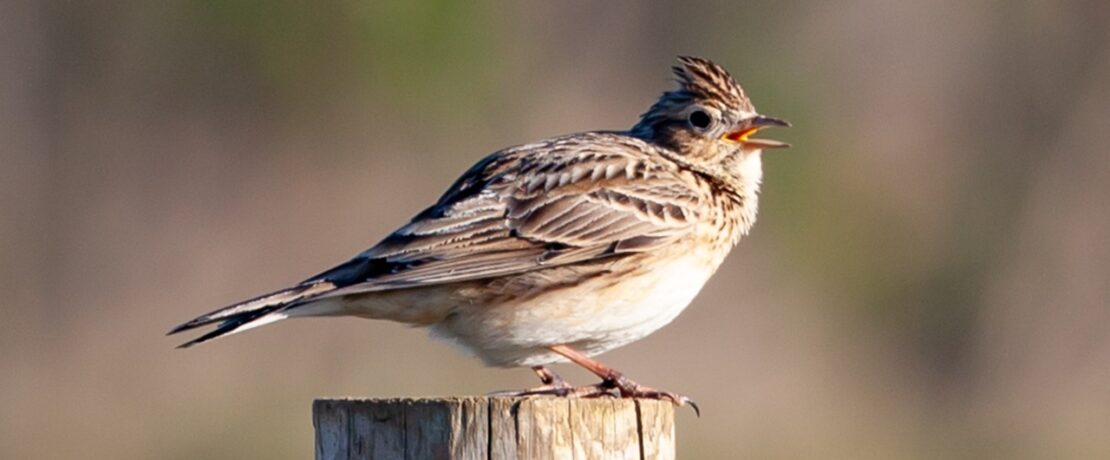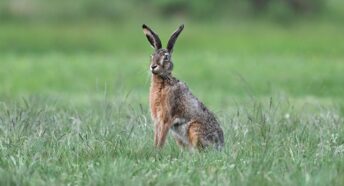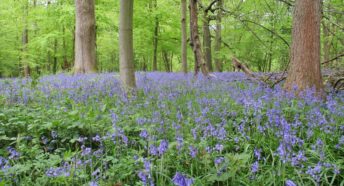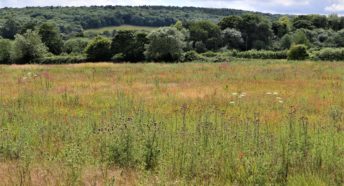Biodiversity and planning – presenting evidence at public Inquiry
CPRE Hertfordshire Trustee Elizabeth Hamilton has recently participated as an ‘Interested Party’ in several planning appeal Inquiries, presenting evidence on biodiversity issues.
Elizabeth’s professional background is in geography and ecology. Having lived in Hertfordshire for over 40 years, she is also deeply knowledgeable about our local habitats and wildlife around the county.
She is concerned that some planning applications may give short shrift to biodiversity issues.
By law, biodiversity must be considered in planning decisions
Biodiversity is a material consideration in all public decision-making pursuant to Section 40 of the Natural Environment and Rural Communities Act 2006, updated by the Environment Act 2021.
But we need to see this duty taken more seriously and be aware of the species on any site which might be displaced or substantially diminished by development.
And there has been a shocking decline in species abundance since 1970
In January 2023 the Office for Environmental Protection published its review of progress towards targets in the UK’s 25 Year Environment Plan. The Chair said ‘Progress on delivery has fallen far short of what is needed’. ‘Many extremely worrying environmental trends remain unchecked, including a chronic decline in species abundance.’ ‘Between 2013 and 2018 there was a 17% decrease in the abundance of priority species, comprising part of a chronic decline of 82% between 1970 and 2018.’
The RSPB has published examples of this decline in particular species including these:
- Skylark numbers have declined by 75% between 1972 and 1996 with a further decline of 15% by 2020.
- Grey partridge numbers have declined by 92% between 1967 and 2020.
- Yellowhammer numbers have declined by 62% between 1967 and 2020.
- Yellow wagtail numbers have declined by 69% between 1967 and 2020.
If species decline is to be halted, let alone reversed, then the decisions taken for each development site are crucial.
Evidence at public inquiry
This month, Elizabeth is presenting evidence at the public Inquiry regarding the application by AGR Power Ltd, a solar energy developer, to build a commercial-scale solar farm in the Green Belt at Graveley Lane and to the east of Great Wymondley in North Hertfordshire. Her evidence is available for download and makes a fascinating – albeit deeply concerning – read.
The Secretary of State will ultimately determine this planning application, following the conclusion of the Inquiry.
– – –
We are CPRE Hertfordshire, the countryside charity. We work to protect and promote the countryside for everyone, now and in the future. We are a membership charity and we depend on membership subscriptions and private fundraising to carry on our work. Please consider becoming a CPRE member today – it’s quick and easy to join online.







